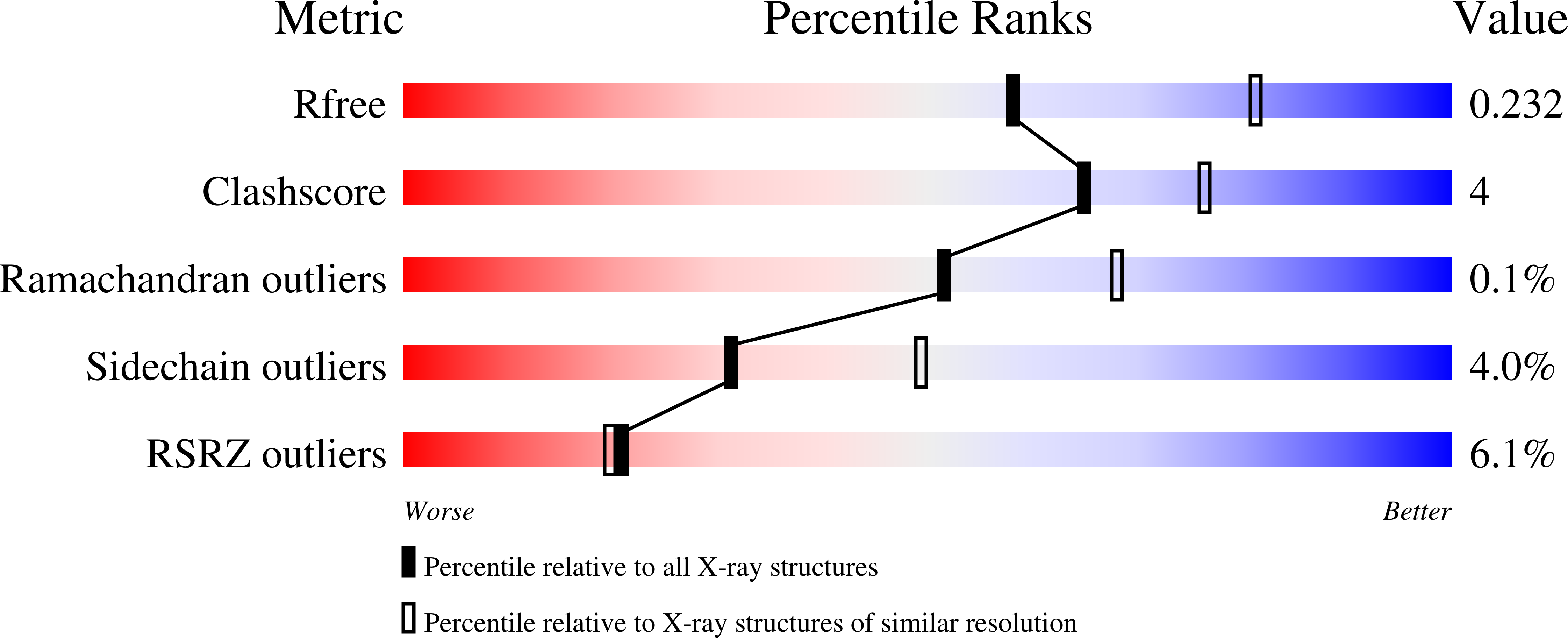
Deposition Date
2023-12-07
Release Date
2024-08-14
Last Version Date
2025-02-26
Entry Detail
PDB ID:
8RD3
Keywords:
Title:
Crystal structure of Saccharomyces cerevisiae Nmd4 protein bound to Upf1 helicase domain
Biological Source:
Source Organism:
Saccharomyces cerevisiae S288C (Taxon ID: 559292)
Host Organism:
Method Details:
Experimental Method:
Resolution:
2.40 Å
R-Value Free:
0.22
R-Value Work:
0.20
R-Value Observed:
0.20
Space Group:
I 2 2 2


